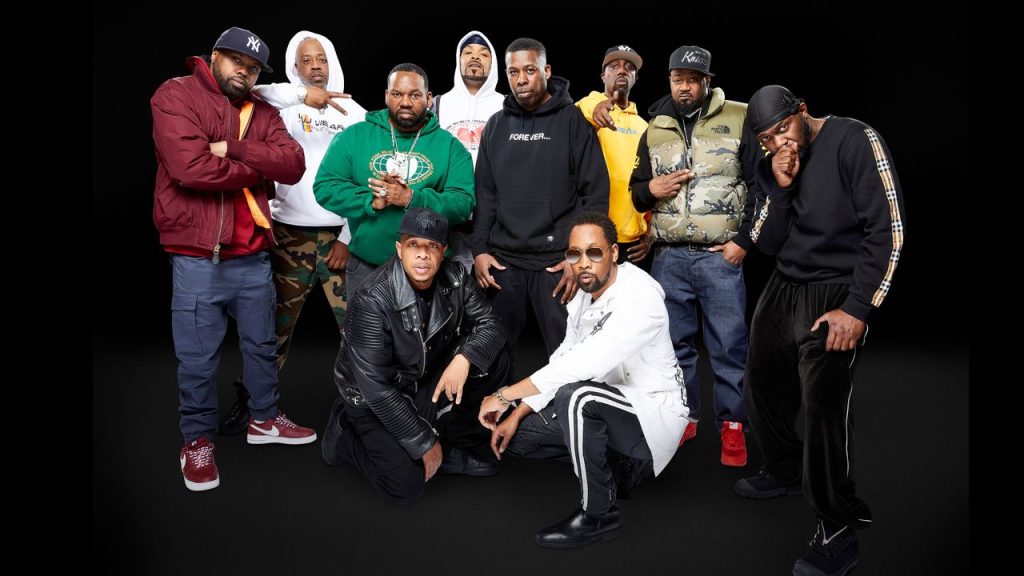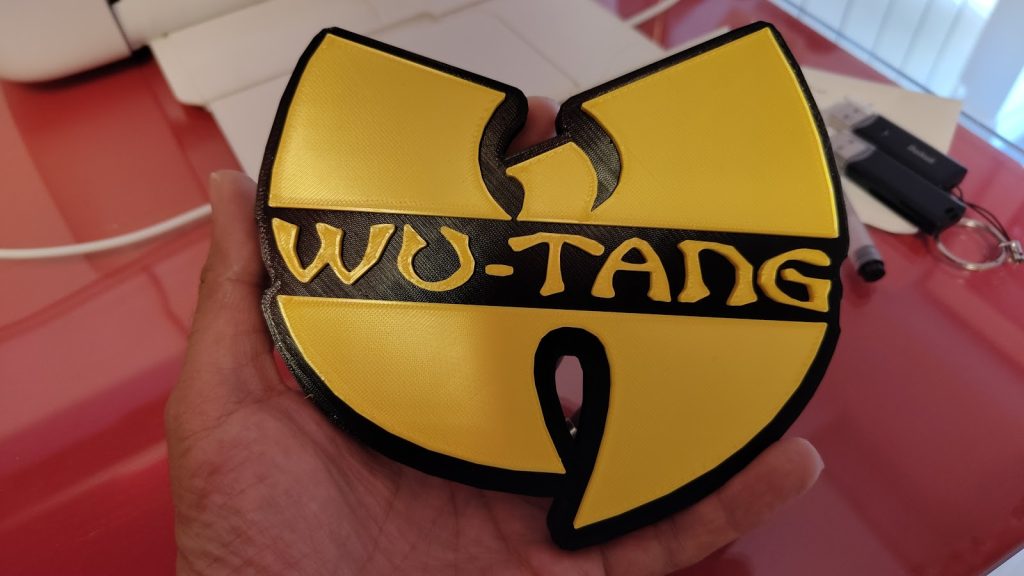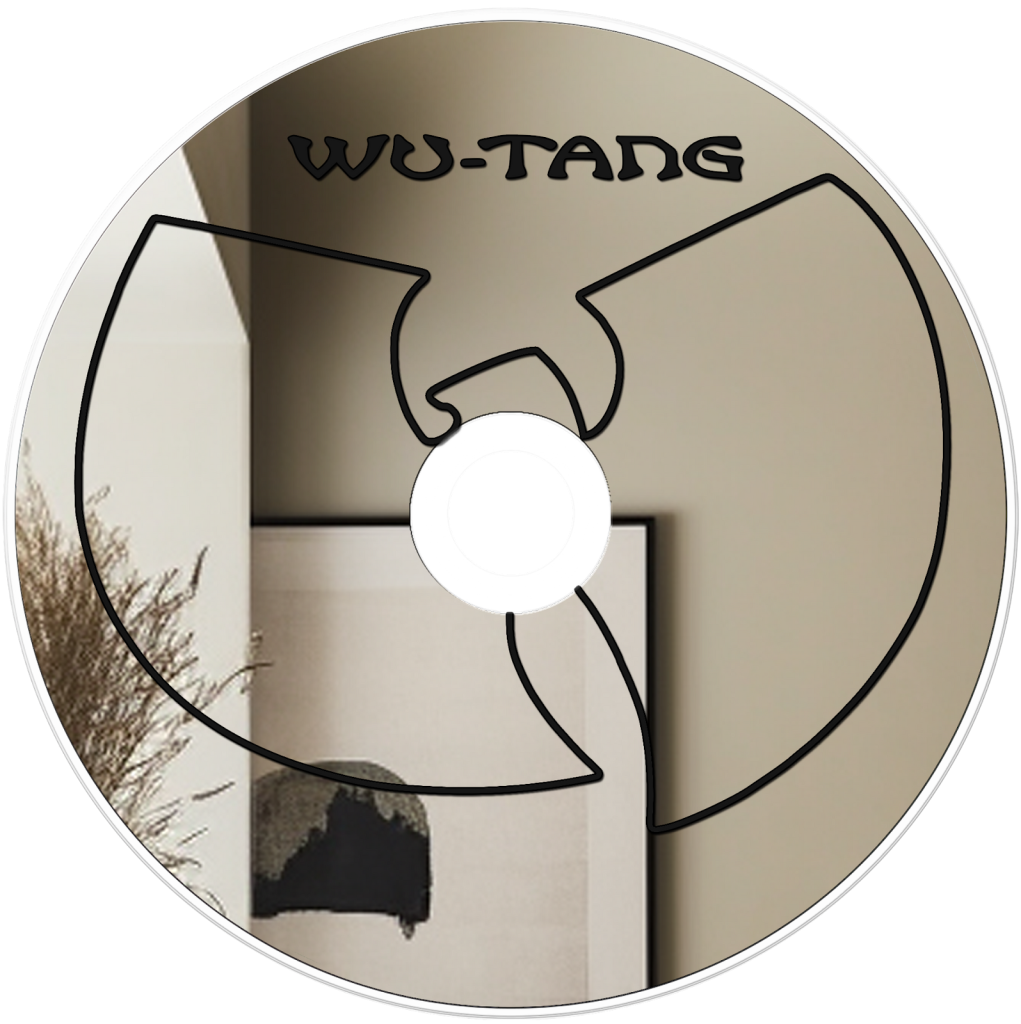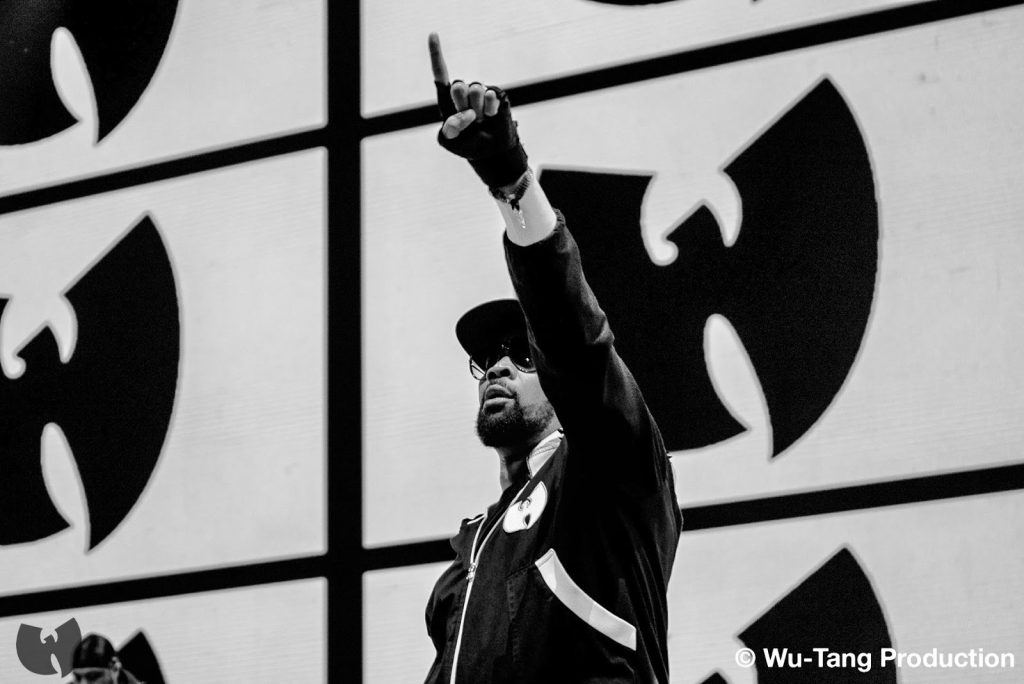In the realm of hip-hop, few names resonate as powerfully as the Wu-Tang Clan. This American hip-hop collective, originating from New York City in 1992, stands as a pillar of the genre’s history and influence. The hip-hop group, comprised of ten American rappers, has reached massive success and has released a solid discography.
They have one of the most outstanding debut records of all time and have earned the credit of being labeled as one of the best groups ever to rap. They’ve significantly impacted hip-hop culture and made advancements in shifting the whole of the culture and what it means today. However, if you’ve heard of Wu-Tang Clan, you’re probably familiar with the classic logo for the group. This logo stands out in hip-hop and is seen as a bird performing a martial arts dance.
The logo has equal amounts of fun, creativity, and pressure that allow it to demonstrate and display the group to others. But how did we get to the point of having this famous Wu-Tang logo? Let’s look at the history of the Wu-Tang logo, the history behind the group itself, and a few fun facts surrounding the Wu-Tang Clan.
1993–Present: The Logo Today
The hip-hop group’s emblem was illustrated and conceived by Ronald Bean, who is also known by the moniker Mathematics. Mathematics was with the clan before the group even formed, so it wasn’t surprising that he was the one to create the symbol.
When the symbol was created, the clan had been occasionally working with producer Mathematics and their official D.J. to create a logo. R.Z.A., the founding member of the clan, said in an interview in 2017 that initially, the clan wanted the logo to feature a dreadlocked severed head that was held in the air. The emblem was intended to symbolize “Protect Ya Neck.”
However, the group decided that the logo was too much when Mathematics showed the band the first mock-up, which featured the Wu-Tang “W” holding a decapitated head.
After that, the clan experienced a deadline while concepts were still being made, and R.Z.A. reached out to Mathematics when the time came for them to decide. R.Z.A. said they had to have stickers printed the next day, so it was crunch time to develop a brand logo.
The group quickly decided to remove any embellishments or extra elements from their logo and simply use the “W” for their logo. That was how the logo we see today came around and hasn’t been touched since.
This story shows how, although the logo was designed quickly with hardly any time to add details or review, it was clear that this symbol was meant for the group and how the logo aligned with the clan effectively and demonstrated their values even though it was spontaneously created.
Elements of the Logo
The logo is creative and combines many different elements to allow it to work and come together cohesively.
There are a few significant reasons why the logo works and a few elements that allow it to promote the clan effectively. It has become an iconic emblem recognizable and known for representing the brand.
The Bird
The most prominent element of the logo is the bird. The symbol mainly relies upon a bird with spread wings. Birds are symbols of freedom but can also signify wisdom, hope, elevation, and peace.
A bird can have multiple symbols and meanings depending on the specific bird species. Although we can’t tell precisely what bird species is shown in the Wu-Tang logo, it can symbolize various things, all of which positively represent the clan.
The Disc
The logo also depicts an image of a compact disc, which is the most obvious sign of what the logo represents.
The disc directly connects with music, and as it signifies multiple positive musical marks, it demonstrates something substantial and specific for the group.
The History of the Wu-Tang Clan
The debut album of the Wu-Tang Clan is widely recognized as a landmark achievement. Yet, the path that led to this milestone is a tale worth telling.
Three decades ago, a collective of nine rappers emerged from Staten Island, reigniting the flame of Eastern rap that had dimmed for years.
The clan entered with a bold album that let people know who they were: Enter the Wu-Tang (36 Chambers). The founding members of the clan, R.Z.A., G.Z.A., and O.D.B., had always loved Eastern martial arts and comic books, so that came across in their first album. R.Z.A. and G.Z.A. are cousins and, both with a passion for the same things, founded the clan with a clear demonstration of their interests.
Their music stood out for the unfiltered sound and clearness that came with it; there was a level of vulnerability through the music that was conveyed with the clan’s first album. The first album was only 45 minutes long and featured nine songs, so it was challenging to think of creative ways for all members to introduce themselves effectively.
This meant that only a few members appeared on a single track, which was highly beneficial for the group. By allowing each member to have their space on different tracks, the group could distinguish each member and truly allow the clan to be introduced as a cohesive group and a singular member. R.Z.A. produced the first album independently, and the track had an almost vintage sound. It sounded dusty; today, it may be referred to as lo-fi sounding.
After the first album was released and there was massive success, the group opted to split up and release solo albums.
This continued for the remainder of the decade, and each group member emerged with iconic and legendary tracks still making their mark on history. After releasing individual albums that showcased their talents, the clan came back together in 1997 to release another group album.
This one was called Wu-Tang Forever, which was also a success in the music world. In the years that followed, more members of the group ventured into solo album releases while also maintaining their collective presence, releasing albums like “The W” and “Wu-Tang Iron Flag” as a unified clan.
These were released in the 2000s and did not make a substantial impact when released.
In 2004, the clan faced a tragic loss with the untimely passing of O.D.B. due to an accidental overdose. This event profoundly affected the group, resulting in a hiatus from releases for the following fifteen years as they navigated how to progress without this key member.
Despite this setback, their influence has endured, inspiring numerous artists, including Nas, Jay Z, Logic, and Denzel Curry. Their discography is a testament to their talent, solidifying their status as one of the greatest rap groups ever. The clan’s impact on hip-hop culture is undeniable, reshaping the genre and influencing how rap is perceived.
The Members of the Wu-Tang Clan
The members of the Wu-Tang clan include R.Z.A., G.Z.A., Raekwon, Inspectah Deck, Malta Killa, Ghostface Killah, Method Man, and Ol’ Dirty Bastard until he died in 2004.
Conclusion
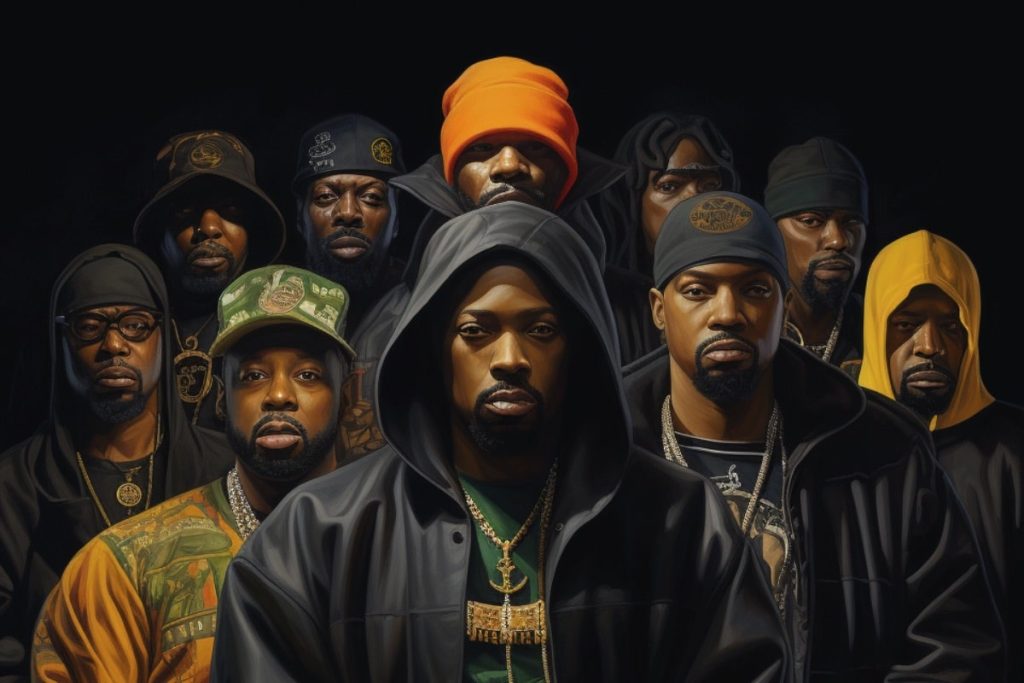
The Wu-Tang Clan’s journey is not just a story of music; it’s a narrative of resilience, creativity, and cultural impact. From their humble beginnings in Staten Island to their groundbreaking debut album, “Enter the Wu-Tang (36 Chambers),” the clan has consistently pushed boundaries and redefined the hip-hop genre. Their iconic logo is Central to their identity, embodying the group’s spirit and values.
Designed urgently, the logo’s simplicity belies its depth, representing freedom, wisdom, and peace. It’s a testament to the clan’s ability to distill their essence into a single, powerful image.
Despite adversity, such as the tragic loss of O.D.B. in 2004, the Wu-Tang Clan’s influence has only grown. They’ve inspired countless artists, reshaped hip-hop culture, and left an indelible mark on music history.
As we look back on the history of the Wu-Tang Clan and its iconic logo, we’re reminded of the power of creativity, unity, and authenticity. The Wu-Tang Clan isn’t just a hip-hop group; they’re a cultural phenomenon, and their legacy will continue to resonate for generations.

